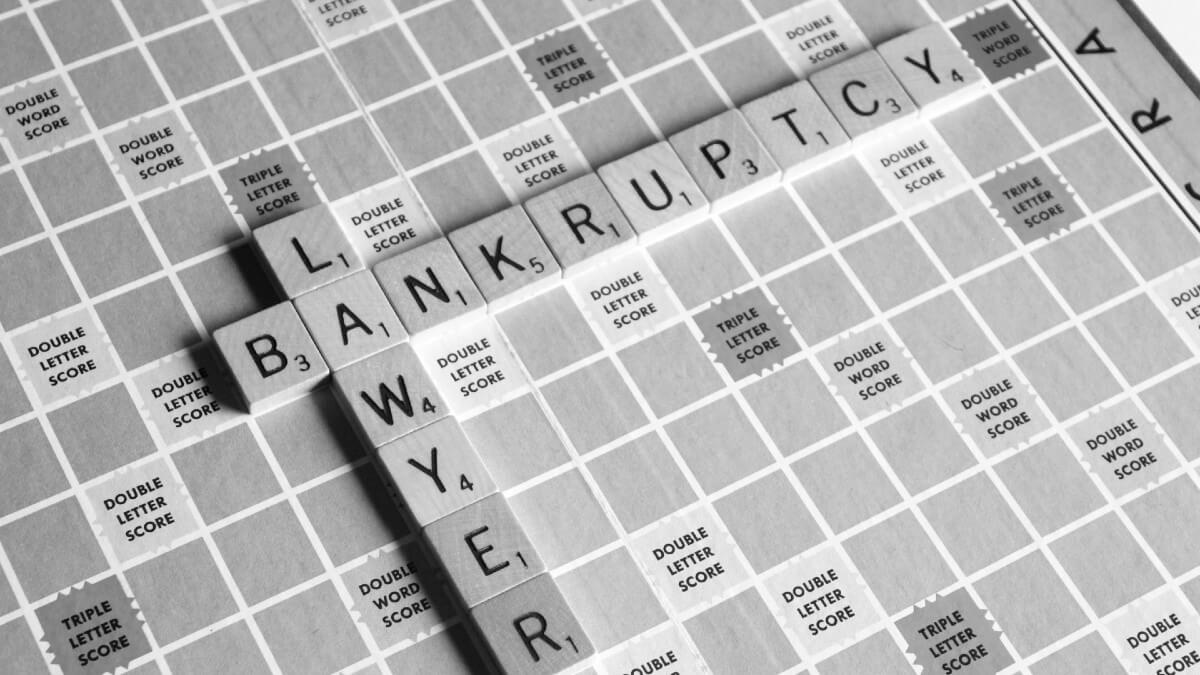.jpg?language_id=1)
A less-than-stellar credit history is never a good thing when you’re trying to borrow money. But take heart, even bankruptcy does not disqualify you from taking out a mortgage. What it does mean is that you may have to make some prudent financial adjustments, deal with stricter loan terms and conditions, and potentially pay a little more in higher interest rates and fees.
There are a number of lenders on the market who are prepared to do business with borrowers who may not meet the standard criteria of many major lenders. Let’s check what’s likely to be involved in securing a loan if you’re bankrupt.
When can you apply for a home loan after bankruptcy?
It is advisable to wait for at least two years after being released from bankruptcy to apply for a home loan. You can use that period to improve your credit score by paying bills on time and showing steady employment as proof to lenders that you are in a more stable financial situation. A two-year waiting period is also the general requirement of most major lenders.
That said, some non-bank lenders advertise they will accept home loan applications three years and one day after bankruptcy declarations. Some mortgage brokers even suggest taking out a home loan with such ‘specialist lenders’ and refinancing with a major lender once two years or more have passed. Of course, this will depend on your individual circumstances and your urgency in securing a home loan.
Understanding the nuances of a bankruptcy discharge can significantly affect your ability to secure future loans.
How to apply for a home loan after bankruptcy
During the course of bankruptcy, it can be a criminal offence to apply for more debt. But AFSA says after the bankruptcy period is over, there is no restriction to applying for loans or credit. It’s entirely up to individual lenders to decide whether they will loan you money. Here are some useful tips:
Look for a specialist mortgage lender with a good track record and reputation
Some mortgage brokers specialise in finding loans for discharged bankrupts and others that may fall outside standard eligibility requirements. A mortgage broker may be able to match your circumstances to a specialist home loan product through their knowledge of the lending market.
Be aware though, specialist lenders may charge higher interest rates and impose stricter loan conditions that will cost you more. It’s wise to thoroughly research both your broker and your lender before you proceed.
Choose a home loan that's applicable to your current financial situation
Even though many home loans available to an average borrower may be off-limits to a discharged bankrupt for a certain time, there are generally three types of home loans you can choose from:
-
Basic home loans: This can be a sound choice for those trying to re-enter the market. These ‘no-frill’ home loan products can keep loan costs to a minimum but usually don’t offer any add-on features or services.
-
Low doc home loans: These can provide a practical home loan option for discharged bankrupts as they generally require less financial documentation for the application process. A declaration of your annual income may suffice but, be warned, many low doc loans can come with higher interest rates and fees.
-
Package home loans: This type of loan may save you money in the long run as lenders generally charge a single annual fee by tying your loan to other products such as insurance, credit cards, or other loans.
Low doc home loans
The table below features some of the lowest-rate low doc home loans on the market right now.
| Lender | Home Loan | Interest Rate | Comparison Rate* | Monthly Repayment | Repayment type | Rate Type | Offset | Redraw | Ongoing Fees | Upfront Fees | LVR | Lump Sum Repayment | Additional Repayments | Split Loan Option | Tags | Features | Link | Compare |
|---|---|---|---|---|---|---|---|---|---|---|---|---|---|---|---|---|---|---|
6.09% p.a. | 6.10% p.a. | $2,421 | Principal & Interest | Variable | $0 | $498 | 80% | |||||||||||
6.54% p.a. | 6.54% p.a. | $2,539 | Principal & Interest | Variable | $0 | $0 | 60% | |||||||||||
6.94% p.a. | 7.31% p.a. | $2,645 | Principal & Interest | Variable | $395 | $200 | 90% | |||||||||||
7.89% p.a. | 7.92% p.a. | $2,904 | Principal & Interest | Variable | $15 | $1,110 | 75% | |||||||||||
8.04% p.a. | 8.30% p.a. | $2,946 | Principal & Interest | Variable | $15 | $995 | 85% | |||||||||||
9.42% p.a. | 9.55% p.a. | $3,140 | Interest-only | Variable | $8 | $600 | 80% |
Save for a bigger deposit
Discharged bankrupts are seen as high-risk borrowers. This means many lenders may require you to pay more deposit upfront as a means of compensating them for the risk they are taking in lending to you.
That said, having more than 20% deposit for a home loan is also a good way to convince lenders you are able to save and are a good chance of paying the loan back in full.
Resist the temptation to apply for several loans
It pays to remember every loan application is recorded in your credit history. Multiple loan applications in a short period can leave a bad impression. It can also indicate you may have been rejected by a few lenders already.
As a discharged bankrupt, it may be inevitable that some lenders will reject your application based on your past. If you have been denied a loan, wait for a period before applying again. Use that time to do your research so you can be sure you’re applying to a lender who is more likely to be open to doing business with you.
What happens during bankruptcy?
The Australian Financial Security Authority (AFSA) is responsible for the administration and regulation of bankruptcy in Australia. It will nominate a trustee who will oversee an individual’s financial affairs for a period of at least three years and one day, or until the trustee deems the person capable of handling their own finances.
When you identify yourself as bankrupt, or are declared as such by a court, you immediately become an 'undischarged bankrupt'. Under bankruptcy regulations, you must provide details of your debts, income, and assets to the trustee. In turn, the trustee will notify your creditors that you are bankrupt. This prevents most creditors from contacting you directly about your debts.
The trustee can sell certain assets to help pay your debts and can direct you to make compulsory payments towards clearing your debts if your income exceeds a set level. During your time as an undischarged bankrupt, you can own only limited assets, cannot travel overseas, and are not permitted to take up any credit products.
How long does bankruptcy stay on my credit file?
After the bankruptcy period has ended, you officially become a ‘discharged bankrupt'. However, it doesn’t mean your slate is wiped clean. Bankruptcy stays recorded on your credit report for five years from the date you were declared bankrupt, or two years from the time your bankruptcy was discharged, whichever is later. You will also be permanently listed on the National Personal Insolvency Index (NPII). Understandably, this may derail your chances of applying for various loans and other credit products.
Photo by Melinda Gimpel on Unsplash
Collections: Home Loan Application

 Fact checked
Fact checked







Share